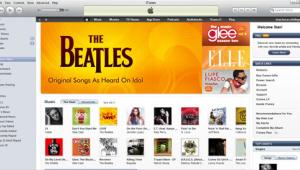The S+V Interview: Billy Corgan

Some things you know right away in your rock & roll bones. When I first met Billy Corgan of Smashing Pumpkins in 1991, we bonded over the contents of a suitcase he carried with him wherever he went: an ever-growing mountain of live Jimi Hendrix cassettes (some authorized, some not). As the Pumpkins’ trippily punishing debut album, Gish, had just begun melting the ears of the alt-rock cognoscenti, Corgan was already cocksure of where he was going in the world. And I had firsthand confirmation of his talent in action, having seen the band blow away the sweat-drenched horde that had crammed into Maxwell’s in Hoboken, New Jersey that August.
“Smashing Pumpkins were meant to be an ambitious project, and I want our recordings to be perfect,” he told me a few weeks later as we sat surrounded by Hendrix tapes strewn on the floor of a swanky hotel room overlooking Central Park. Two years on, the Pumpkins were riding high with Siamese Dream, and Corgan was looking toward the future when he revealed to me, “Playing loud and aggressive is easy; playing intimate and with feeling is hard.”
The band continued to soar throughout the ’90s but retreated for most of the ’00s. Now back on point and in fine form, Corgan, 43, and a revamped Pumpkins lineup are tackling the new-century music-biz paradigm head-on in different ways. Teargarden by Kaleidyscope is a 44-song project in which its tracks get released individually and for free on the band’s Web site, smashingpumpkins.com, whenever Corgan feels they’re ready. The songs are collected four at a time for limited-edition physical CD release and are coupled in EP packages with vinyl and other collectibles. (Two Teargarden EPs have been issued to date.) It’s no accident Corgan named one of his albums Zeitgeist.




























































